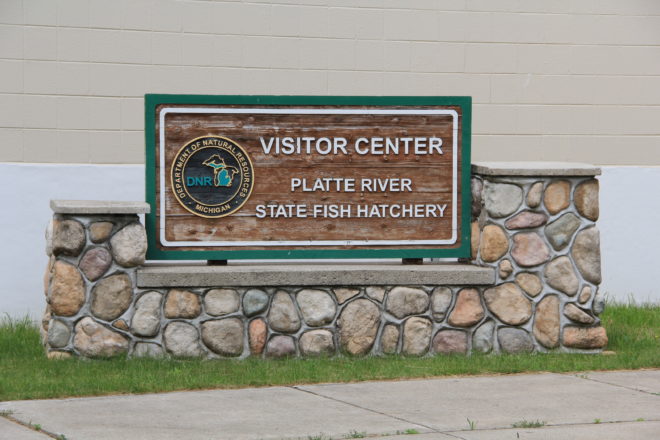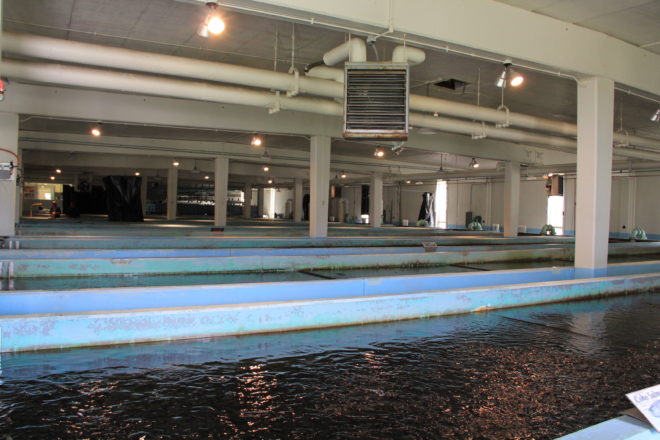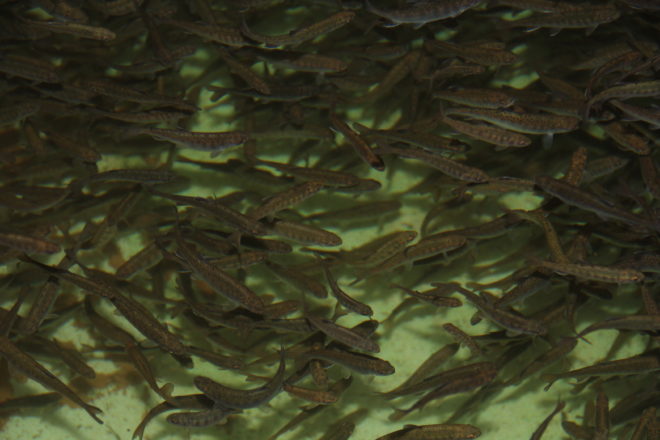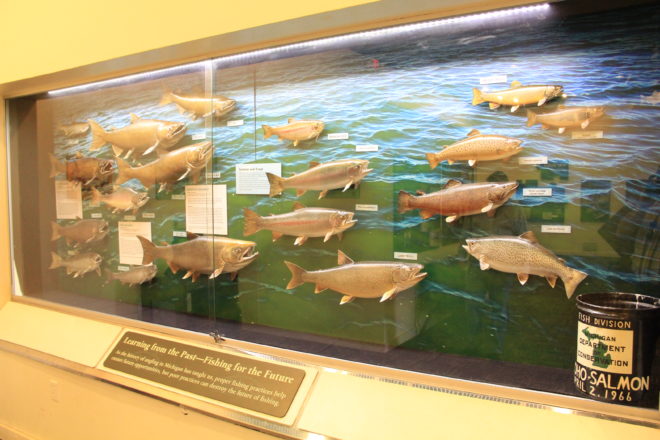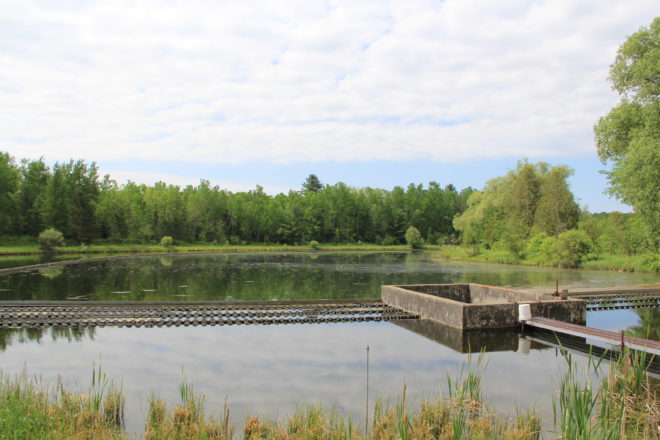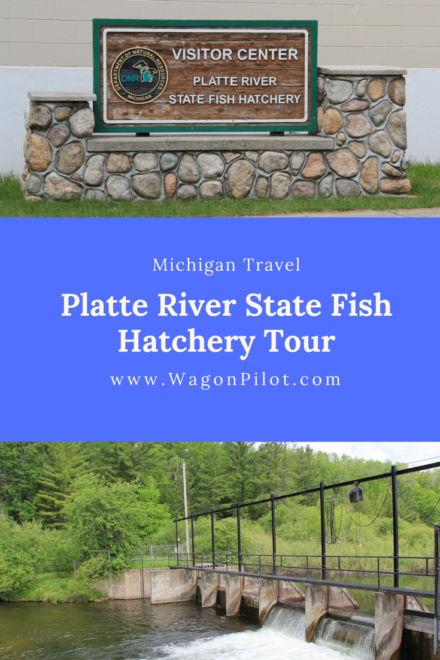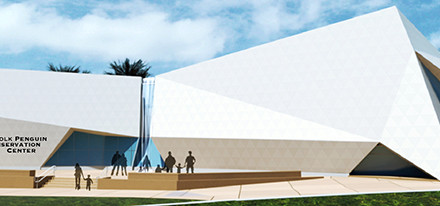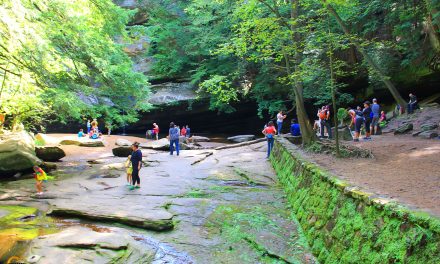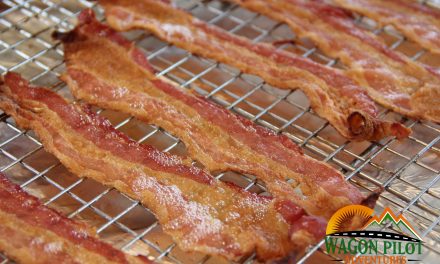While touring the Leelanau peninsula and Sleeping Bear this summer we stopped at the Platte River State Fish Hatchery. Located on US-31 just 18 miles east of Frankfort, the hatchery is operated by the Michigan DNR to supply salmon into Lake Michigan and other areas. The hatchery was larger than we expected and is worth a visit for everyone from families with kids to avid fishermen. Here’s a bit of history and what to expect on a tour of the facility.
Platte River Fish Hatchery History
Originally constructed in 1921 as a trout rearing station, the Platte River Fish Hatchery was renovated beginning in 1968 to bring salmon tot he Great Lakes. There were two reason for this change. Alewives, an invasive species, were rapidly increasing in numbers as lake trout declined. Salmon were brought in from the Pacific to feed on the alewives and bring their numbers under control. Salmon have proved very successful in achieving this goal without introducing any new problems to the ecosystem. The second benefit of the salmon is as a sport fish. The large salmon are popular with fishermen and help the local economies of several coastal towns.
Platte River Fish Hatchery Operations
Today the fish hatchery produces around three million salmon each year, including Coho, Chinook, and Atlantic. The hatchery also raises around one million walleye. The majority of the fish are released into Lake Michigan via the Platte river, while others are also loaded into tanker trucks and shipped to rivers along lakes Huron and Superior. The process begins in the Fall when mature salmon return to the Platte River to spawn. They enter the facility at the upper weir, which prevents them from swimming further upstream, and eggs are harvested. Eggs are used at this facility and also shipped to Indiana, Illinois, and Wisconsin. Pacific salmon die off after spawning, so these fish are harvested for food use.
Eggs are hatched and the fish begin their lives in the hatchery building in large concrete pools. When large enough, they are transferred into the raceways. Salmon may remain in the raceways from June until the following Spring. Fish are then transferred into the finishing pond and released into the river or transported to other locations. Salmon released into the Platte river will return two years later to spawn.
Visiting the Platte River Fish Hatchery
Visitors are welcome to tour the fish hatchery free of charge year round from 8 a.m. to 4 p.m. Monday through Friday. The best time to see fish in the river is from late September to mid October when they return to spawn. Visitors can view the egg take operations, which typically occur around the third week of October. Call ahead if you’re interested in this event. When we visited in early June, the salmon were still in the hatchery building, but it was impressive to see millions of 4 inch fish filling the pools.
Touring begins in the visitor center where there are several displays about fishing on the Great Lakes and the story behind the salmon hatchery. Several interesting artifacts and displays will keep you occupied for about half and hour. When finished, fallow the blue salmon tracks on the pavement out to the hatchery building or raceways depending on time of year. From there, you can walk over to the river weir, egg take station, and finishing pond.
Fish hatcheries are an integral part of the health of the Great Lakes and also the sport fishing economy. We learned more about the salmon hatchery than expected on our brief stop. Michigan DNR operates six fish hatcheries throughout the state. Visit their website for details. It is well worth setting aside an hour for a side trip to visit one of these facilities along your travels.

